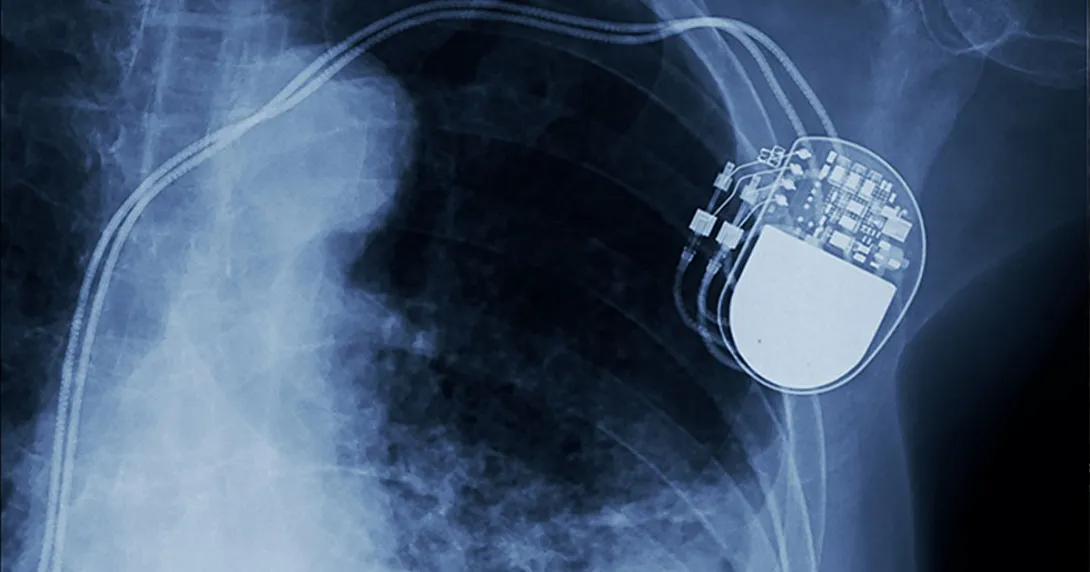2011 is shaping up as an exciting moment for the people who work in healthcare information technology and who recognize IT’s promise – and its limitations.
Removing my rose-colored glasses just for a second – which is always hard to do – it’s likely to be a year filled with progress, sure, but also setbacks and frustrations, a sort of choppy sea for healthcare IT as it moves toward meaningful use.
As we go to press, news of super-diplomat Richard Holbrook’s death has hit the airwaves. He was this country’s sustaining hope for transformation in Afghanistan. But video clips this morning showed him reminding us that his approach was more slow and steady, calm and steadfast, than one of unchecked optimism.
Holbrook said he approached his work without giving in to either optimism or pessimism, but rather by acknowledging the complexity of the problem and working hard to achieve the goals and employ the strategies that had been developed to turn it around.
It was the second time in as many months that the topic of complexity caught my attention. Atul Gawande, a surgeon at Brigham & Women’s hospital in Boston, writes brilliantly on healthcare for The New Yorker. He raised the topic of complexity in his compelling talk at the Radiological Society of North America’s annual meeting last month in Chicago.
He admitted to bafflement and put forth no easy treatment for our ailing and costly healthcare system. As he reminded the audience that 40 percent of Americans don’t have access to care for lack of insurance, he suggested that placing the blame on government, insurance companies or runaway litigation likely would not lead to a solution.
Medicine has become replete with knowledge, Gawande noted, with many more ways to treat patients than his own father, also a surgeon, had just a generation ago. But how can we make that knowledge effective? How can we give access to it, town by town, to every human alive? “It’s turning out to be hard,” he said. “At the root of what makes it hard to do what we do, day-to-day, is complexity. We’re in need of a science to understand how to deal with our knowledge.”
Gawande never once mentioned information technology as an aid for dealing with knowledge, for taking on that complexity – collecting, sorting and analyzing data and figuring out what works best. But as people who work on the healthcare IT front know, information technology offers great potential for making small and big differences in the health of people everywhere – whether it’s preventing errors at the point of care or tracking and managing chronic diseases.
Gawande knows that small solutions can produce big results. He championed using an airline-inspired checklist in the operating room, avoiding many complications and saving hundreds of lives. That simple checklist helps tackle at least one of the complexities of medicine.
Information technology – in its many forms – is doing the same thing today and can do more once it becomes pervasive and interoperable. The promise is great.
It’s not without its own complexities, however. Even on the way to meaningful use, those steering the ship have encountered rough waves. There’s the question of EHR certification (certification for all 24 criteria or just 19?) and the looming conversion to ICD-10 – hugely complex, even as its aim is to address the complexities of our huge pile of medical knowledge.
This is not a once-and-done type of work. It will require a steadfastness that is swayed neither by optimism or pessimism, but by navigating those choppy seas with expertise and care, focused on the transformation – knowing when to sail swiftly forward and when to correct course.


